People trust photos more than just texts, so photos are an important component of the evidence base of the russian federation’s crimes against Ukraine. Photos from the de-occupied settlements of the Kyiv, Kharkiv, and Kherson Regions once attracted the attention of the whole world. They forced us to recognize the truth, rather than believe in russian propaganda.
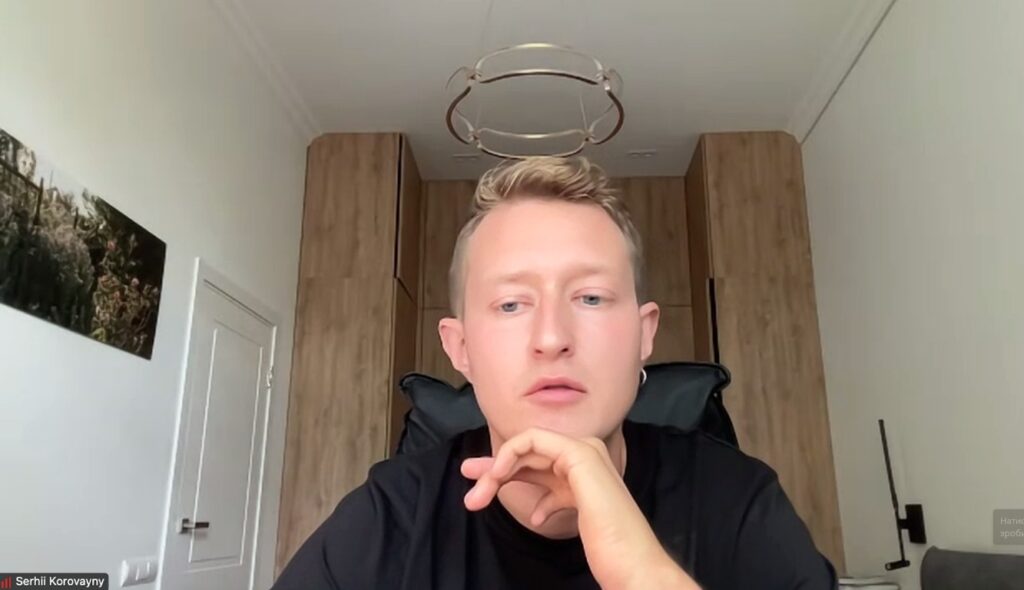
The role of photos in the context of information warfare and countering disinformation, how journalists can shoot strong photo reports and not harm the heroes, what is the threat of artificial intelligence, and what are photo manipulations, was discussed during the webinar of the National Union of Journalists of Ukraine (NUJU) called Photos Against Fakes: How To Capture The Truth In The Context Of Information Warfare. The webinar, which was held for over 40 participants by Serhii Korovainyi, a photographer and photojournalism teacher at the Kyiv-Mohyla Academy, took place within the framework of the NUJU project called “Strengthening the Resilience of Frontline Media as a Tool for Combating Disinformation.”
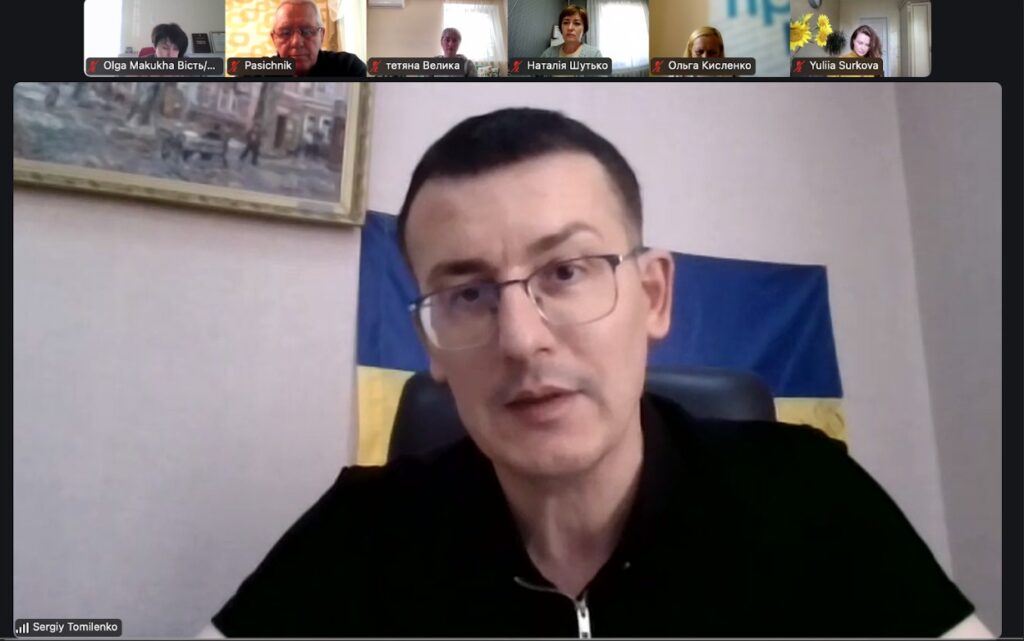
According to Sergiy Tomilenko, President of the NUJU, supporting and reviving frontline media is one of the Union’s priorities.
“Today, journalists from local frontline media make a huge contribution to informing people who live in conditions of blackouts and shelling, fighting disinformation and propaganda, so the role of these media is very important. But along with training participants from these regions, within the framework of the project, we hold webinars for a wide range of journalists on topical topics of countering disinformation,” Sergiy Tomilenko noted. “In this day and age, when almost anyone can create a photo illustration using a phone, it is important to understand which photos reflect reality and which are the product of the same russian propaganda.”
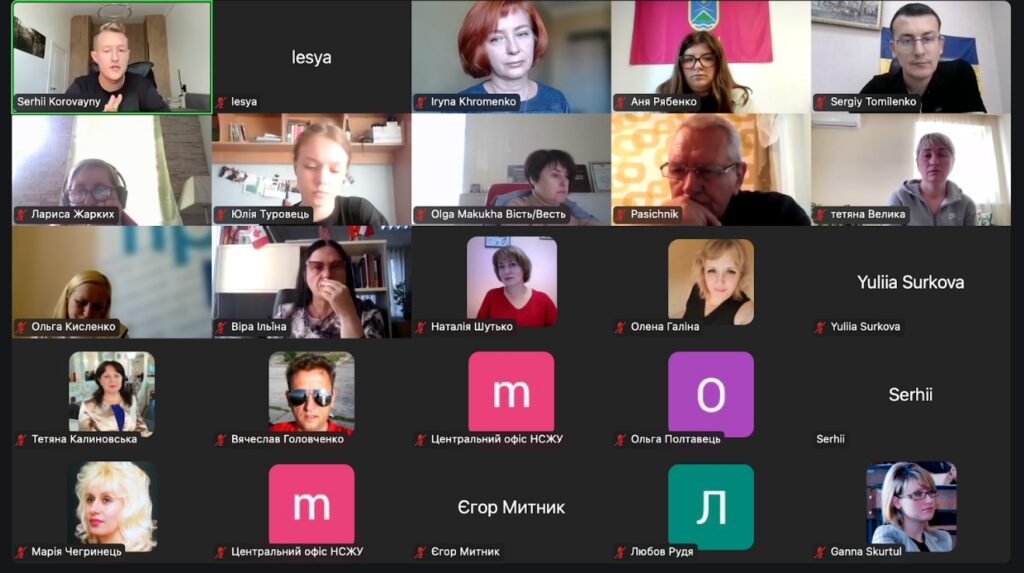
“If there weren’t so many journalists, so many photographers who did their job professionally, russia could have won the discourse, and we wouldn’t have been believed,” noted Serhii Korovainyi, showing his photos taken in the first days after the de-occupation of the settlement of Borodianka.
Photos, says Serhii, have always been considered proof of what happened. At the same time, there are many ways to manipulate photos. These are staged photos, generated by artificial intelligence, and accompanied by context.
“Every year, it becomes more and more difficult to visually distinguish a photo from an image taken by AI. And no one knows for sure what to do with it. First of all, think about the context and be vigilant,” Serhii noted and spoke about the search for technological solutions that are being discussed at the level of the media and specialists from technology companies to mark real photos.
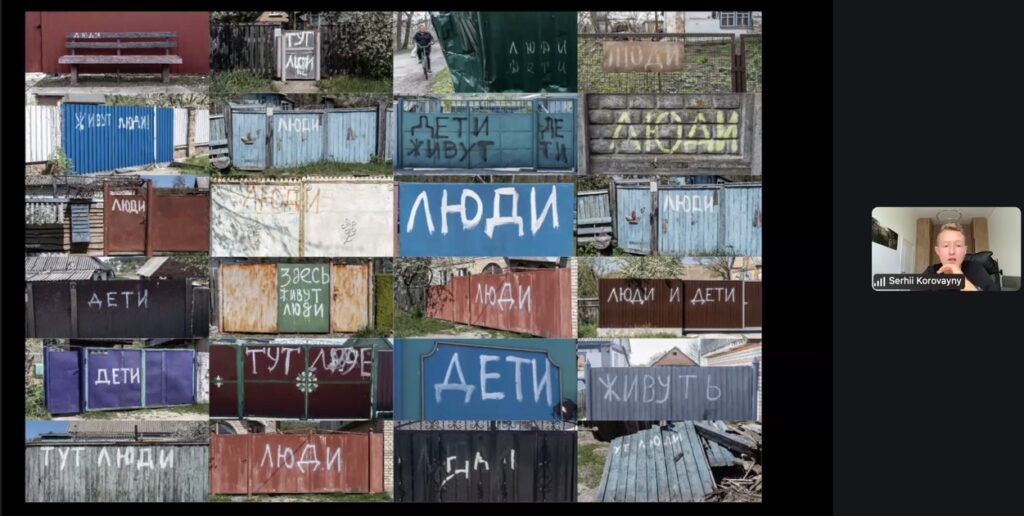
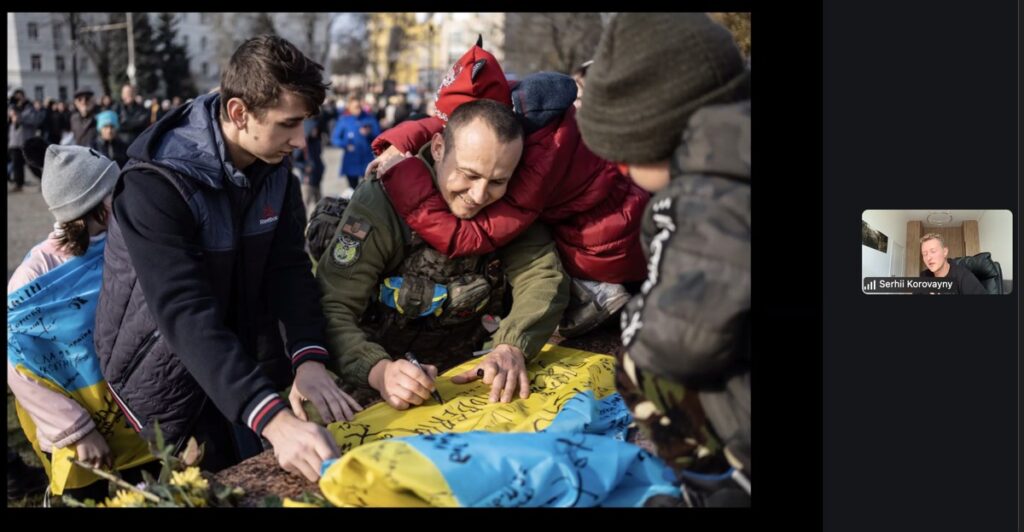
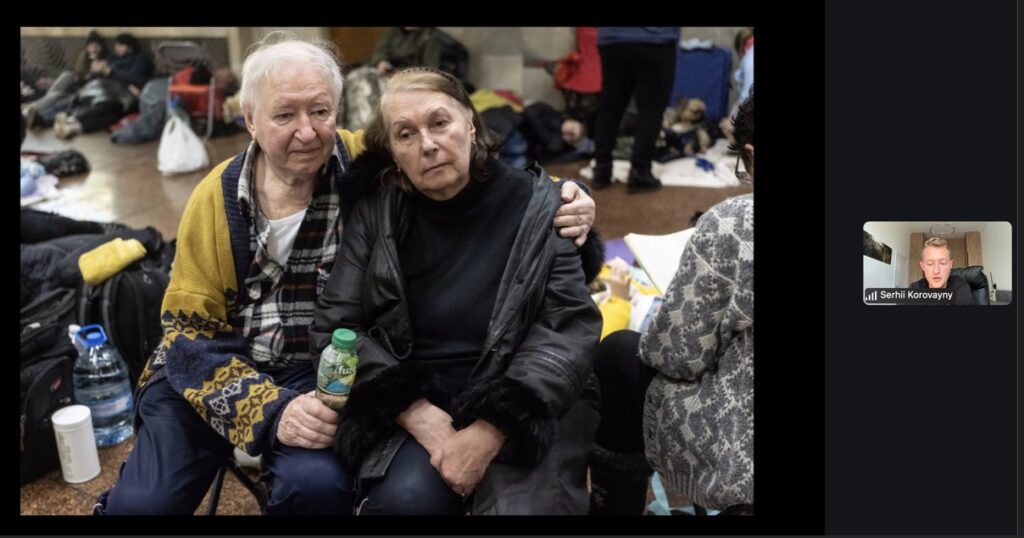
“If we lose the truth in photos, in texts, everyone will lose. The media should set an example and become trusted anchors in a world of chaos, so that people overwhelmed by the amount of information can turn to them. Therefore, we ourselves must set an example and lobby for media literacy training,” the expert added.
During the webinar, Serhii Korovainyi provided practical advice on recognizing photos generated by AI and photo manipulations, shooting reports, particularly on military events, and developing a career in photography.
Here are some tips from Serhii Korovainyi for those who take photos for the media:
- Do not take staged photos and refrain from using photo editors.
- Clearly label photos generated by AI.
- The safety of heroes is a priority. The main thing is not to harm.
- Follow Order 73 of the Commander-in-Chief of the Armed Forces of Ukraine on interaction between the Defense Forces and representatives of the media (do not give the enemy any information). It is best to interact with press officers who can help determine which photos can be published and which cannot.
- Maintain a balance – get the job done without disturbing the heroes.
- Give the heroes the right to anonymity and maintain their dignity.
- Make a well-considered decision about whether to publish photos “those bleeding” – whether to traumatize the heroes of the images themselves, their relatives, or simply viewers, or whether other ways of conveying information can be used.
For reference: Serhii Korovainyi is from the Donetsk Region and covers all significant events of the russian-Ukrainian War. Collaborates with The Wall Street Journal, Time, Spiegel, and The Guardian, and is a laureate of the 2022 James Foley Award for Conflict Journalism. A participant in the Joop Swart Masterclass from World Press Photo. Serhii’s works have been recognized at POYi, NPPA, and other competitions.
The project is funded by the Embassy of the Republic of Lithuania in Ukraine within the framework of the Development Cooperation and Democracy Promotion Programme.

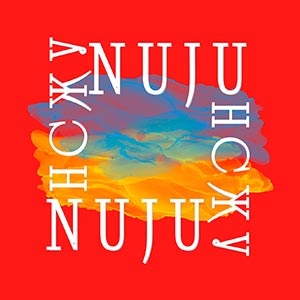
 THE NATIONAL UNION OF
JOURNALISTS OF UKRAINE
THE NATIONAL UNION OF
JOURNALISTS OF UKRAINE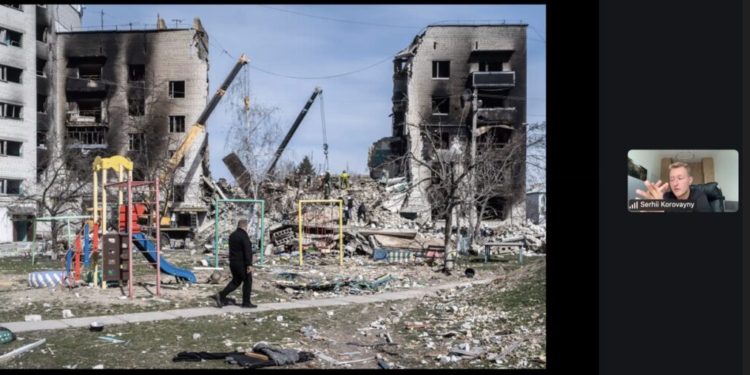
![International Media Organizations: peace plan mustn’t envision amnesty for crimes against journalists 9 Ukrainian flag on Independence Square [Maidan Nezalezhnosti] in Kyiv, Ukraine (archive image). EPA-EFE / Oleh Petrasiuk](https://nuju.org.ua/wp-content/uploads/2025/12/maidan-flag-yezhak-2022-350x250.jpg)
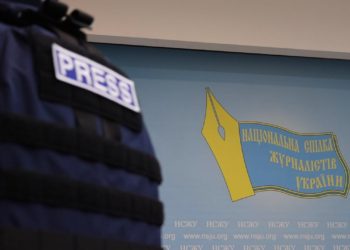

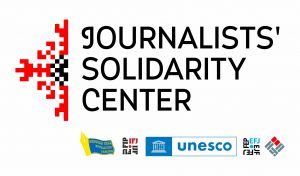
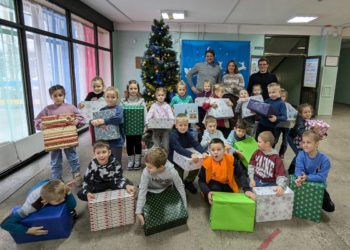
![International Media Organizations: peace plan mustn’t envision amnesty for crimes against journalists 13 Ukrainian flag on Independence Square [Maidan Nezalezhnosti] in Kyiv, Ukraine (archive image). EPA-EFE / Oleh Petrasiuk](https://nuju.org.ua/wp-content/uploads/2025/12/maidan-flag-yezhak-2022-120x86.jpg)





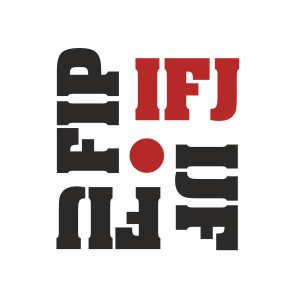
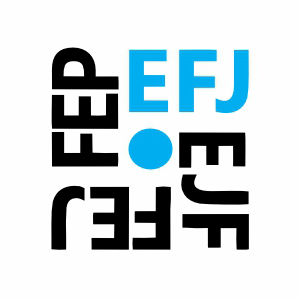


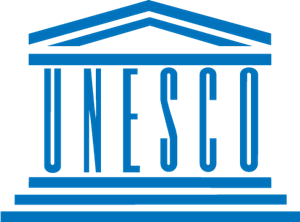
Discussion about this post